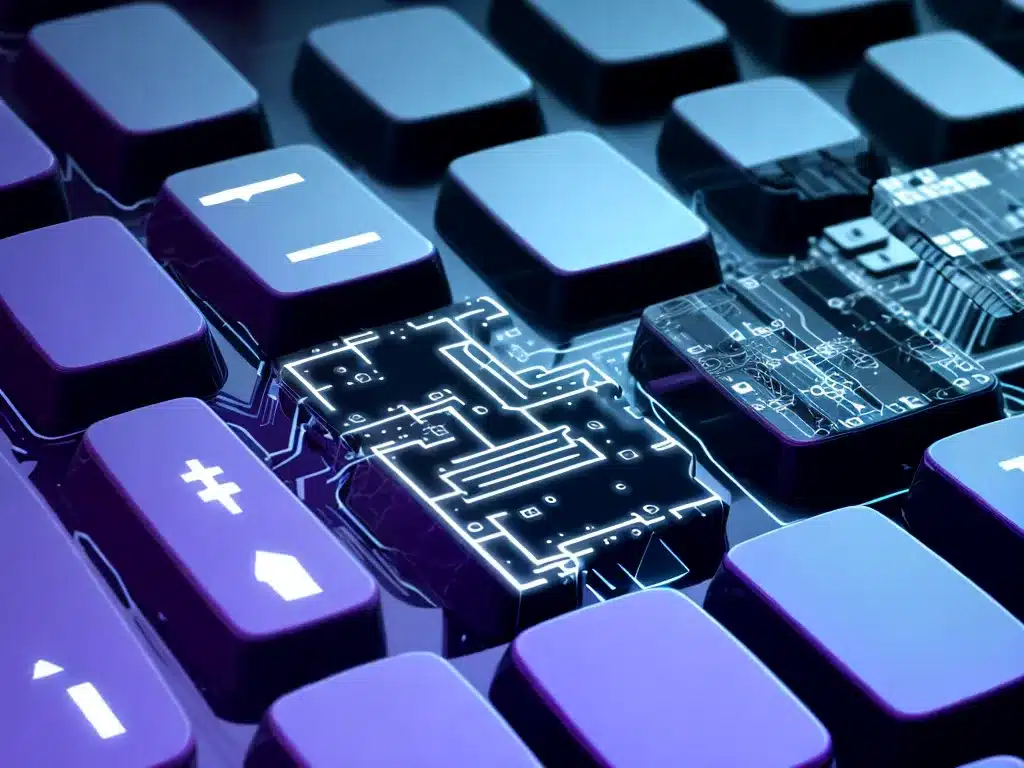
Introduction
The Windows registry is a central database that stores configuration settings and options for the operating system, hardware, software, and user preferences. Over time, the registry can become damaged or corrupted leading to a variety of problems like slow performance, apps crashing, or Windows failing to start. In the past, the only way to repair the registry was to restore from a backup or reformat the computer. However, new methods have been developed to safely clean and repair registry errors without resorting to such drastic measures. In this article, I will cover these new methods in depth so you can fix your damaged registry and restore the performance and stability of your system.
Scanning for Errors
The first step in repairing registry damage is to scan the registry to identify any errors. There are several software utilities available that can perform deep registry scans:
Registry Cleaners
Registry cleaners check the registry for invalid, obsolete, and corrupted entries. They look for things like missing file references, faulty shortcuts, and orphaned keys. The best cleaners will only flag true errors and avoid false positives. CCleaner and Wise Registry Cleaner are two popular cleaning utilities.
System Scanners
System scanners like Black Viper’s Windows Repair take a broader approach. They scan not just the registry but also the file system and other areas for issues. This helps detect problems that may be indirectly linked to the registry.
Error Checking Tools
Windows has built-in error checking tools like Chkdsk and SFC that can scan and restore corrupted system files and registry hives. Running these periodically can detect and fix errors.
Backing Up the Registry
Before making any changes to the registry, it is essential to back it up. This provides a safety net in case any repairs cause further damage. Windows has a built-in utility called System Restore that creates periodic restore points. However, it’s better to create a full manual backup using ERUNT before beginning repairs.
Safely Cleaning the Registry
Once a registry scanner detects errors, the next step is cleaning them. It’s important to exercise caution here as removing the wrong entries can damage an application or Windows itself.
Reviewing Detected Errors
Carefully review each reported error before choosing to fix it. Errors labeled as “Medium” or “High” risk should get priority. “Low” risk ones are usually safe to ignore.
Performing Selective Scans
Many cleaners let you do a custom scan of specific registry hives most likely to have problems like SOFTWARE, SYSTEM, or SAM. Scanning selectively can avoid tampering with healthy areas.
Creating Restore Points
Create a new System Restore point before cleaning so you can revert the changes if anything breaks afterward.
Backing Up Fixed Entries
Some cleaners let you export fixed entries to a .reg file as another backup measure.
Repairing Structural Damage
Beyond cleaning errors, tools like Registry First Aid can fix more serious registry problems like fragmentation and hive file corruption. They use more advanced techniques to repair structural damage.
Defragmentation
Over time, unused gaps accumulate in the registry leading to fragmentation. Defragmenters compact and reorder keys to optimize performance.
Hive File Repair
Hive files can become corrupted causing profiles, applications, or Windows to fail. Utilities like Registry Repair can restore damaged hives by extracting data from backups.
Stuck File Associations
Fixing incorrect file associations can require editing the registry manually if cleaners fail to restore them properly.
Optimizing Registry Parameters
The final step is optimizing registry parameters for maximum speed and efficiency. This fine-tunes Windows to prevent future registry issues.
Increasing Size Limits
Bloating can be mitigated by increasing registry size limits. This allows more room before hitting the maximum size.
Integrity Checks
Enabling automatic integrity checks makes Windows better at preventing and fixing corruption.
Defrag Scheduling
Scheduled defragmentation prevents the gaps and bloat that lead to further damage. Defragging once a month is ideal.
Conclusion
Repairing a damaged registry can seem daunting but is easier than ever thanks to new methods like specialty software tools and advanced diagnostics. By following best practices like scanning selectively, backing up hives, and optimizing parameters, you can refresh your registry and restore peak system performance. Paying attention to registry health will keep your Windows running smoothly for years to come.












